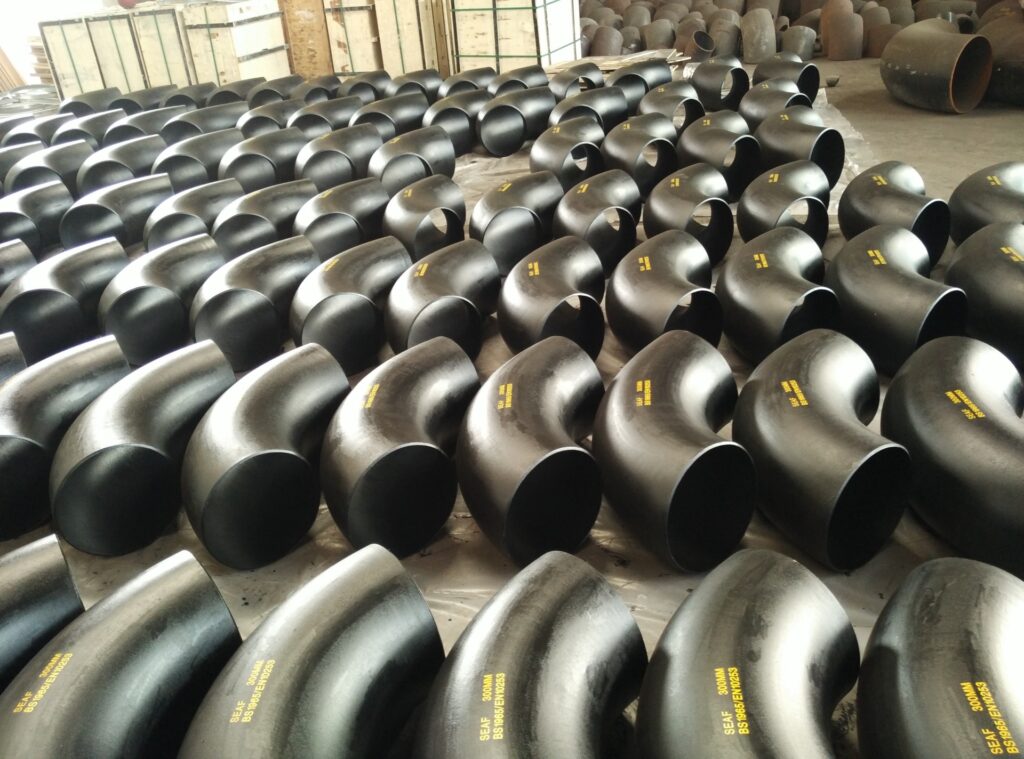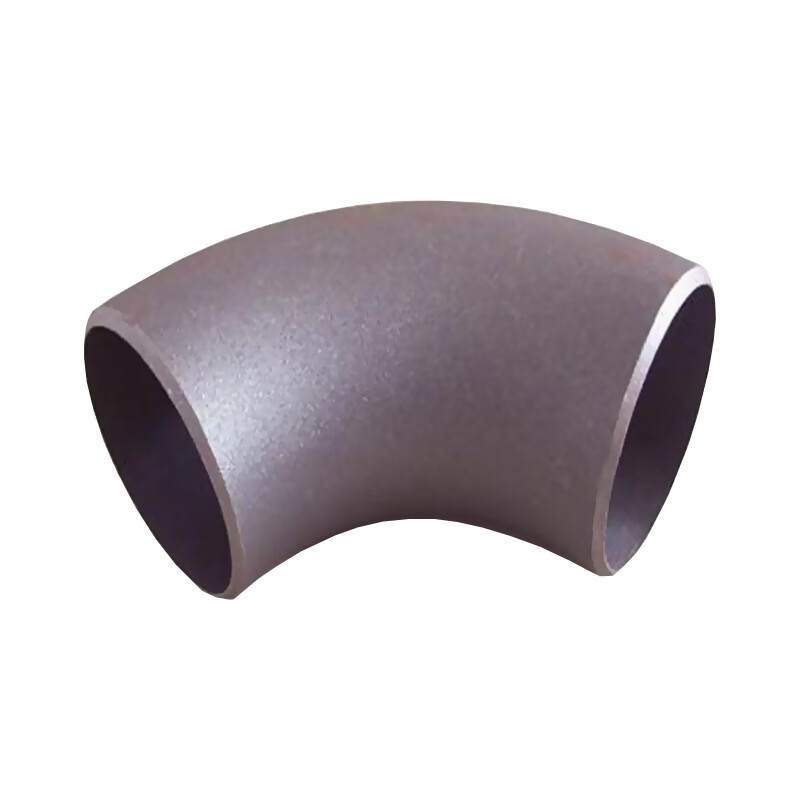90 Degree Welding Elbow: Applications, Specifications and Differences
Where are 90 degree welding elbows commonly used?
Common specifications of welding elbows
What is the difference between a 45 degree elbow and a 90 degree elbow?
Butt welding elbow is an elbow formed by hot pressing of steel or by forging technology.
The connection method is through butt welding of the elbow and the steel pipe. The two workpieces are welded simultaneously along the entire end face using resistance heat.
Usually there is a resistance The two methods of butt welding and flash butt welding have high productivity and are easy to automate, so they have been widely used.
Butt welding elbows are divided into carbon steel, alloy steel and stainless steel elbows according to different materials; according to different angles, they are generally divided into 45 degree elbows, 90 degree elbows, 180 degree butt welding elbows, etc.

What is a welding elbow?
Welding elbow is a pipe connecting device, mainly used to change the direction of the pipeline and the flow direction of the conveying medium.
Its raw materials mainly include carbon steel, stainless steel, alloy steel, etc. It is suitable for the transportation of liquids, gases, steam and other media, and has anti-corrosion capabilities.
Welding elbows are usually divided into two forms, one is a 45-degree elbow and the other is a 90-degree elbow.
Where are 90 degree welding elbows commonly used?
| Application | Description |
|---|---|
| Piping Systems | – Used extensively in piping systems to change the direction of flow by 90 degrees. |
| Plumbing Systems | – Essential components in plumbing systems for redirecting water flow around obstacles or through walls. |
| HVAC Systems | – Found in heating, ventilation, and air conditioning systems for routing ductwork around corners and obstacles. |
| Process Industries | – Widely used in various process industries (chemical, petrochemical, pharmaceutical) to control fluid flow. |
| Power Plants | – Commonly employed in power plants for the redirection of steam and other fluids within the piping network. |
| Oil and Gas Pipelines | – Used in oil and gas pipelines to navigate changes in direction and elevation. |
| Shipbuilding | – Employed in shipbuilding for piping systems that need to navigate tight spaces and make efficient use of available area. |
| Construction | – In construction projects, 90-degree elbows are used in water supply systems, drainage systems, and other plumbing applications. |
| Industrial Processes | – Applied in various industrial processes where changes in flow direction are required, such as in manufacturing plants. |
| Water Treatment Plants | – Found in water treatment plants to redirect the flow of water through different stages of the treatment process. |

Common specifications of welding elbows
The size of the 90-degree welding elbow can be determined according to the specific pipe diameter and material required.
Generally speaking, the dimensions of welding elbows can refer to the following common specifications:
- ANSI standard welding elbow sizes: Commonly used welding elbow specifications include 1/2 inch, 3/4 inch, 1 inch, 1.5 inch, 2 inches, etc. These sizes are suitable for metal pipes of different diameters.
- DIN standard welding elbow sizes: Common welding elbow specifications include DN15, DN20, DN25, DN32, etc. These sizes are suitable for pipes of different diameters.
What is the difference between a 45 degree elbow and a 90 degree elbow?
| Characteristic | 45-Degree Elbow | 90-Degree Elbow |
|---|---|---|
| Degree of Bend | 45 degrees | 90 degrees |
| Change in Direction | Changes direction by 45 degrees | Changes direction by 90 degrees |
| Flow Resistance | Less abrupt change, lower flow resistance | More abrupt change, higher flow resistance |
| Space Requirement | Requires less space for the turn | Requires more space for the turn |
| Applications | – Used when a gradual change in direction is required. | – Commonly used in piping systems to make right-angle turns. |
| – Ideal for applications where a smoother flow path is needed. | – Essential for redirecting the flow by 90 degrees. | |
| – Often used in situations where space is limited. | – Provides a sharper turn and is standard in many applications. | |
| Common Industries | – HVAC systems | – Plumbing systems |
| – Water treatment plants | – Industrial processes | |
| – Process industries (chemical, petrochemical) | – Power plants | |
| – General piping applications | – Oil and gas pipelines | |
| Example Applications | – Transitioning around obstacles or tight spaces. | – Making right-angle turns in a piping network. |
| – Navigating changes in elevation. | – Changing the direction of flow efficiently. |
